
Polish fighter pilots were the first airmen to defend their country against Nazi Germany in September 1939. They flew the elegant PZL P.11 with its characteristic gull-wing - a modification of the shoulder-mounted wing. This positioned the wings just above the upper edge of the fuselage, connected to the fuselage by means of wing roots that are bent downwards. When viewed from the front, the wing roots form a'V'and the wing resembles that of a gull. The advantage of this wing arrangement is improved visibility for the pilot, and in addition, aircraft with these wings turned out to be particularly agile. The wing came to be named after its inventor, Polish engineer Zygmunt Puławski, who initially devised the concept that was copied by other producers in various countries. Sadly, Puławski, a talented aircraft designer, lost his life in an accident at the age of only thirty.
The history of the PZL (Państwowe Zakłady Lotnicze - State Aviation Works) P.11 began in 1929, when Puławski commenced work on designing an all-metal structure, metal-covered monoplane fighter aircraft. Prior to this, Polish aviation construction had concentrated on the licensed production of foreign-designed aircraft, particularly French. Puławski's all-metal approach therefore represented a considerable step-change for Polish industry.
This story is from the February 2022 edition of Scale Aircraft Modelling.
Start your 7-day Magzter GOLD free trial to access thousands of curated premium stories, and 8,500+ magazines and newspapers.
Already a subscriber ? Sign In
This story is from the February 2022 edition of Scale Aircraft Modelling.
Start your 7-day Magzter GOLD free trial to access thousands of curated premium stories, and 8,500+ magazines and newspapers.
Already a subscriber? Sign In
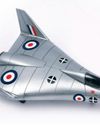
Mustard
BAC's Low Speed Research Vehicle
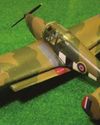
KOVOZAVODY PROSTEJOV (KP) 1 Was Monty's Triple'
Brian Derbyshire
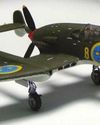
SPECIAL HOBBY SAAB J-21A Review
From the late 1930s and early 1940s, with thewar in Europe raging around them andedging ever closer to its borders, the Flygvapnet had ordered Seversky P-35A aircraft, alongside Vultee Vanguards, but only sixty of the former and none of the latter were received.
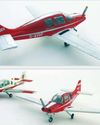
VFR MODELS Beagle B.121 Pup
This is the first 3D printed kit I have come across and it is really rather fine.
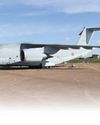
Hearts in the sky RIAT RETURNS
After a nearly three-year hiatus RIAT returned to our skies with a hot show in every sense of the word. SAM’s Mike Verier and Ray Ball were there.
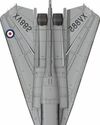
Colour Conundrum
A Cancellation Conundrum - The RAF F-111s That Might Have Been Part 1

COPPER CAUDRON Caudron G.Ill in 1/32
Copper State Models have carved a name for themselves in the last few years producing high quality plastic kits of World War One subjects.
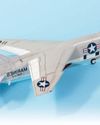
Academy RF-8A Crusader Conversion in 1/72
USMC squadron VMCJ-2 used six RF-8As during the Crisis (designation F8U-1P until September 1962), with others held in reserve, two flying out of Guantanamo Bay, and four out of NAS Key West.
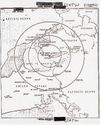
The Cuban Missile Crisis
Modelling US reconnaissance assets in 1/72 Part 2: The Nuclear Confrontation
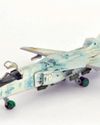
UKRAINIAT striker
The Sukhoi Su-24 is an all-weather attack aircraft capable of supersonic speeds and characterised by its side-by-side pilot/navigator seating and its variable geometry wing.